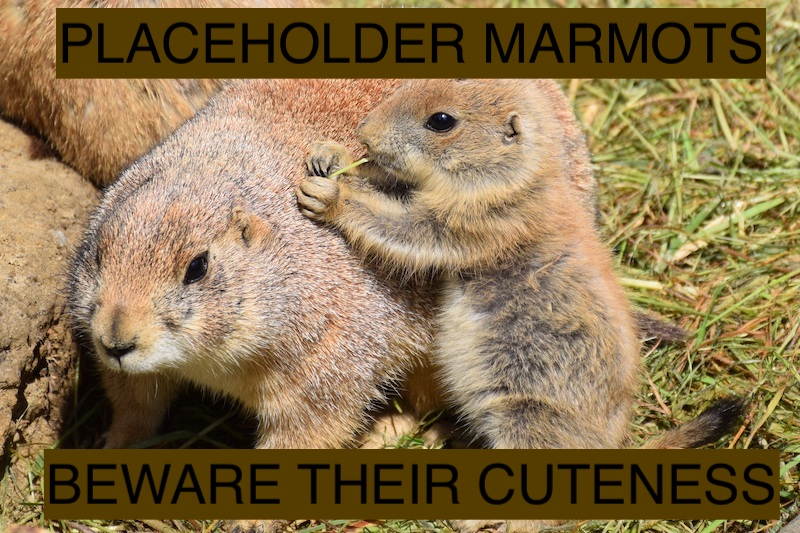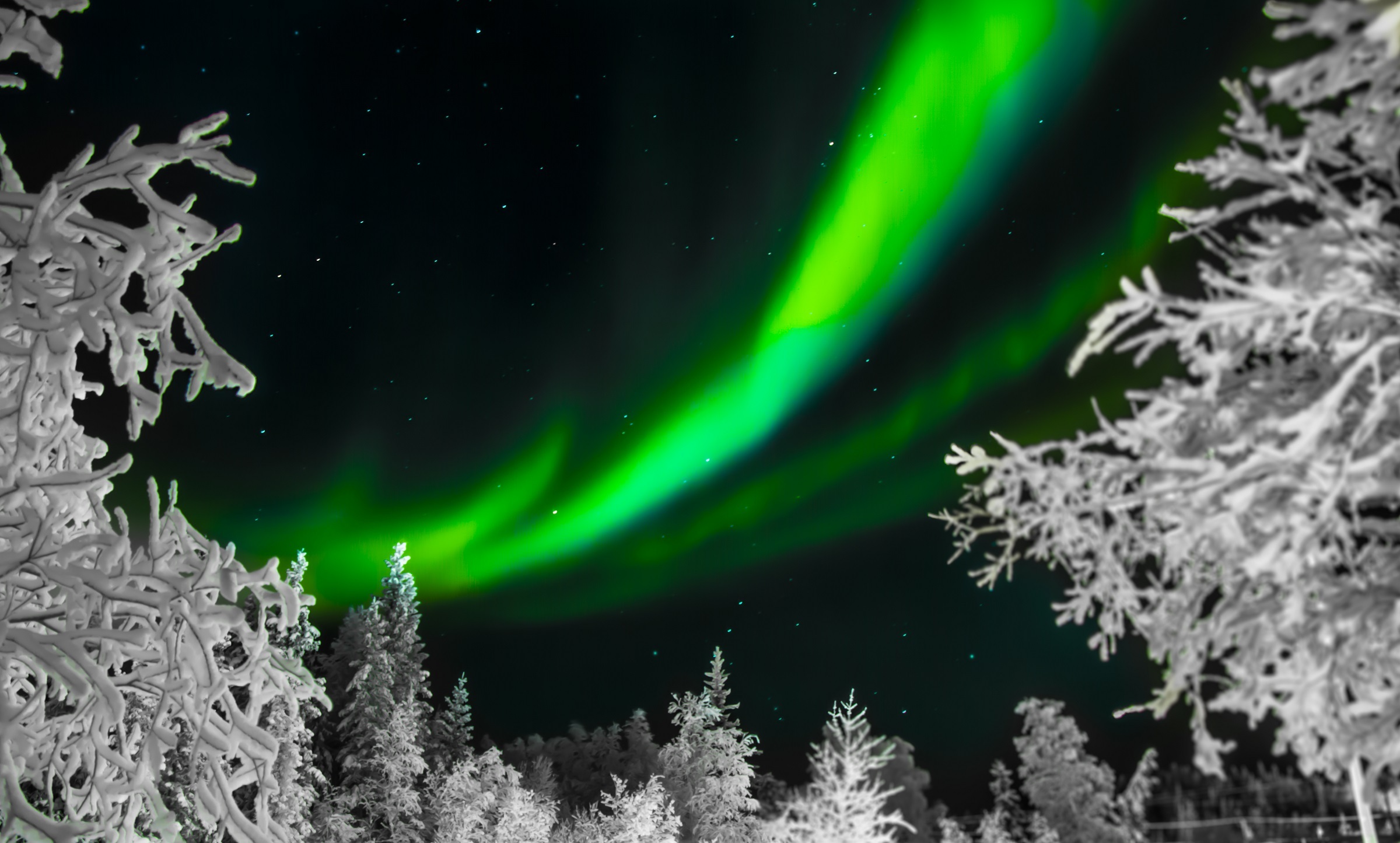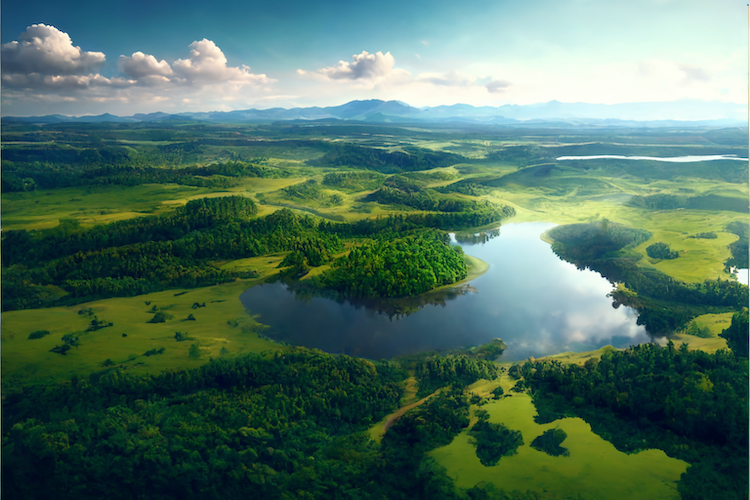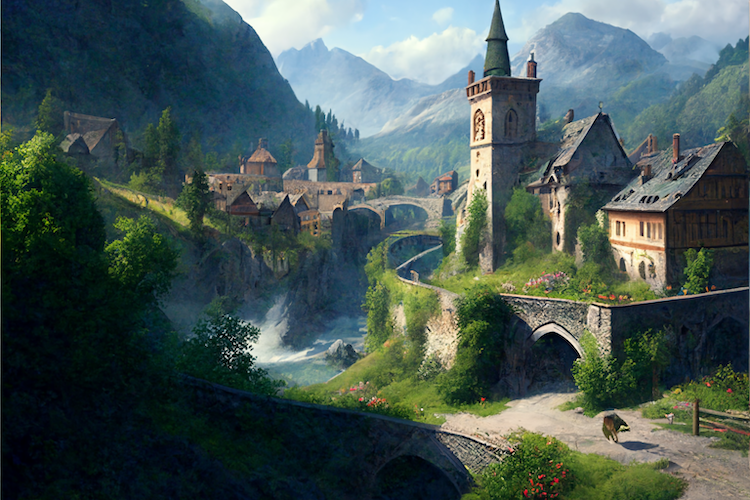Introduction to Ædeos
Where am I?
You have entered a world where you can directly access ideas and philosophical concepts. It is divided into Material and Immaterial realms connected via invisible links. Ædeos or the Ædean realm forms part of the latter and it is where all the ideas and concepts thrive. Every being forms connections with some immaterial concepts, i.e. shapes, sizes, and physical and chemical properties.
For example, when one "hears a song" they perceive the notes and their melody. The sense of hearing (through ears) and distinguishing (through the mind) will form a connection to Ædeos, locating the most accurate concepts.
Who lives in this world?
The world is inhabited by normal people, who don't care about the Immaterial Realm, save for the parts connected via tradition and culture — they don't seek it in everyday life. Those, who wield the magic are, in the Sávenian lands, called Skalds. Skalds are the closest to the scientists in Ædeos as they will experiment with concepts naturally found in the Material Realm and newly discovered in the Immaterial Realm.
They come from singers and storytellers, but over the millennia have adapted the power to weave concepts and Ædean magic into their songs. Skalds use songs and storytelling to enchant their listeners. By incorporating knowledge of the concepts deeply engraved in society, they can create images, sounds and other sensations that would resonate with concepts and rules their listeners live by. This means skalds wield the power to change a perception of a person or a society, depending on their skills. A consequence of it is that some skalds are feared for their power, while others are revered.
Cymru
Cymru is the land with the strongest connection to nature. This shows in people's view on life — considered a part of the natural cycle, and their beliefs in Beasts of Seasons, to which they send prayers as powerful spirits governing the cycle of seasons. The lands are mostly meadows and lakes with a splash of forests and a small mountain range connected to the Forest of Four Seasons. Cymru is best known for its lotus silk and the blood lotus is characteristic of their region.

Gáláwá
Once the capital city and the most important region of the Sáveni, Gáláwá is now known mostly for its abundant sources of minerals. Ever since the flood that submerged the 2000-year-old ritual site, most of the skalds have moved to Tæn, with only three schools remaining: Weavers of Symmetry, Seekers of Uncharted Form and the Tamers of Æter. The first two played an important role in shaping the minds of the Sávenian folk for the last centuries and even today are deeply engraved in how people think and speak. Gáláwá is surrounded mostly by mountains, hills and forests. There are some rivers and since the flood in recent century also bogs.
Tæn
Currently the capital city of Sáveni and the name of the small region surrounding it. Tæn became important after the flooding of the original ritual site in Gáláwá and has been a destination for scientists and skalds. The city in particular is where most Masters of the Thirteen Arts have settled. The city is surrounded by mountains from the south to the east and hills, and meadows from the north to the west.
How does magic work in this world?
Concepts
Concepts can be roughly thought of as properties. Take for example water. One of its main properties is fluidity. Main concepts or foundational concepts are the ones essential to the concept. Muddy water is still water, as is boggy smelly water, ocean blue water or green lake water. Those properties don't alter the concept of water significantly, so they are secondary, e.g.: colour, opacity, and aroma. In the Immaterial Realm, they main concepts will form a bigger part of the concept, with secondary concepts attached to it as thin lines. More often than not concepts are very complex, having tens or hundreds of concepts attached to them.
When concepts are represented/projected onto Material Realm, they gain a property called intensity, which is linked to their building concepts. If we consider murky water, the intensity of the opacity concept will be proportional to the amount of sediment in the volume.
Handling concepts
You have a concept and you see it forming concepts, both primary and secondary. How can you influence the properties of a real-life object? Suppose you'd want to plasticize a slab of steel. Concept-wise you want the steel to exhibit the property of plasticity. There are typically two ways to approach this:
- create a new concept of a plastic steel; this is called moulding
- influence the steel concept by a proxy concept; this is called weaving
Moulding
To create a new concept of a plastic steel you will need to make the property of plasticity fundamental to the new concept. This will often be difficult since you'll need to imagine it if only for a short time, to connect to that new concept in Ædeos. Without it, the two concepts would not "stick together". Now, you could cheat a little bit and connect the plasticity concept to the same space and time of the steel slab. But that would rather be method number 2 — weaving, and you would need to find a proxy that would capture the space and time of the slab. A thin oxide layer? A liquid in which the slab would be submerged? A paste? The possibilities are endless. The details could give you a headache, though. Why, you ask?
Weaving
So the second method is called weaving. The general rule is to chain concepts. Easy. Let's start simple and use the concept of heat since it already would cause the slab to become plastic anyway. You spend a lot of time at the local forge and watch closely how heat interacts with the steel, not only physically but concept-wise. You observe the heat concept interacting with the steel concept and find that it is relaxation and separation secondary concepts that connect to the plasticity concept of steel. At the forge, you prepare a fire and put a steel slab on the cold anvil next to it. Then, you find the ember's heat concept and in its relaxation and separation, and connect both to the steel's plasticity. As you cannot enter Ædeos, you'll have to perform this operation with a proxy, e.g., by projecting immaterial concepts on a material object. Very often people use threads, which are then weaved together. Hence the name of the method. If you connect everything right, the intensity of the heat concept will in turn cause an increase in the intensity of the separation and relaxation concepts. These two on the other hand will cause the steel's plasticity concept to increase. The more the embers become hot, the more plastic the steel slab becomes.
The trick is that exposing a single property is difficult — like imagining the relaxing property of an ember without thinking of their shape, brightness, colour of the light, burning, etc. So it is safer to expose all building concepts of the proxy and accommodate their intensities somehow. Could you maybe attach them all to the plasticity? It depends. Can you imagine how brightness causes plasticity? Or colour? If you can imagine it, then it is possible. If not, maybe you could introduce another proxy.
Skalds will often use purified concepts to make life easier. Also, practice makes perfect and after a while, the boundaries of the unimaginable are pushed further and further away.





Comments